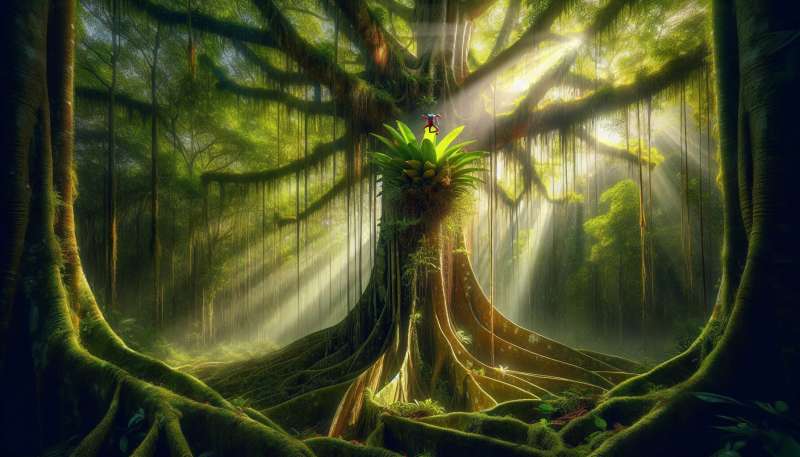
Biodiversity Hotspot
Tropical rainforests are the most biodiverse ecosystems on Earth. They cover less than 2% of the planet's surface yet house over 50% of the world's species.
High Competition Level
The intense competition for light, nutrients, and space in rainforests has led to incredible adaptations, with species developing unique ways to survive and thrive.
Soil Surprisingly Poor
Contrary to expectations, tropical rainforest soils are often nutrient-poor. Rapid decomposition and plant uptake mean nutrients don't accumulate in the soil, but the ecosystem remains highly productive.
Vertical Layering
Rainforests are structured in layers: the emergent, canopy, understory, and forest floor. Each layer has specialized plants and animals adapted to its unique conditions.
Epiphytes and Adaptations
Epiphytes, plants that grow on other plants, are common in rainforests. They obtain moisture and nutrients from the air and rain, showcasing remarkable evolutionary adaptations.
Endemic Species Abound
Many tropical rainforest species are endemic, found nowhere else on Earth. Isolation and diverse habitats within the forest contribute to this high level of endemism.
Threats to Diversity
Deforestation, climate change, and illegal wildlife trade pose significant threats to rainforest diversity. Protecting these areas is crucial for maintaining global biodiversity.Ancient Fish Discovery
The Coelacanth, a 'living fossil' fish thought extinct, was found alive in a rainforest river in 1938.
What % of species do rainforests house?
Less than 2%
Over 50%
Exactly 25%
Company